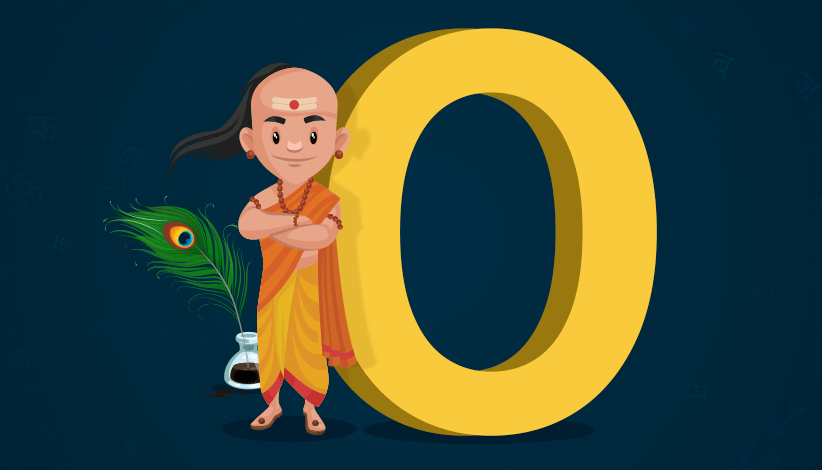
The birth of the number zero
The Bakhshali manuscript, which contains a very early use of the number zero, is widely acknowledged as the oldest Indian mathematical text. But new carbon dating has revealed that it is approximately five centuries older than scholars previously believed, making it the world’s oldest recorded origin of the zero symbol that we use today.
“We tend to take the number of zero for granted,” says Marcus du Sautoy, the Oxford University mathematician who led the research. “But the idea of creating a symbol to represent nothing is one of the great mathematical breakthroughs in the history of my subject.”
“The zero in the Bakhshali manuscript is not yet a number in its own right,” explains du Sautoy. Rather it was a “placeholder”, used to indicate orders of magnitude in a number system – for example, denoting 10s, 100s and 1,000s. Zero as a placeholder was also used by the ancient Mayans and Babylonians, but the Bakhshali manuscript is particularly special.
“This zero in India is the seed from which the concept of zero as a number in its own right, represented by the same dot or circle, will emerge some centuries later.”
The Bakhshali manuscript belongs to Oxford University’s Bodleian Library and is on display at the Science Museum in London as part of its Illuminating India season, which runs until 31 March 2018





